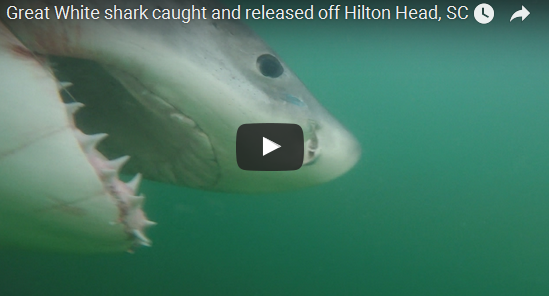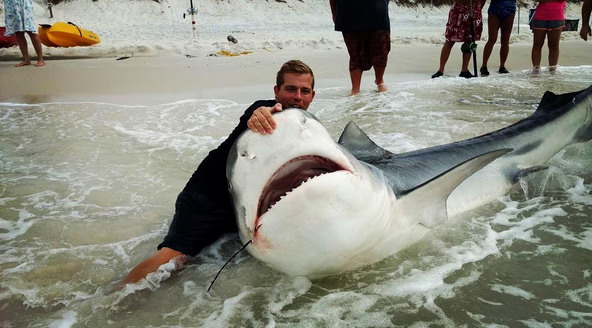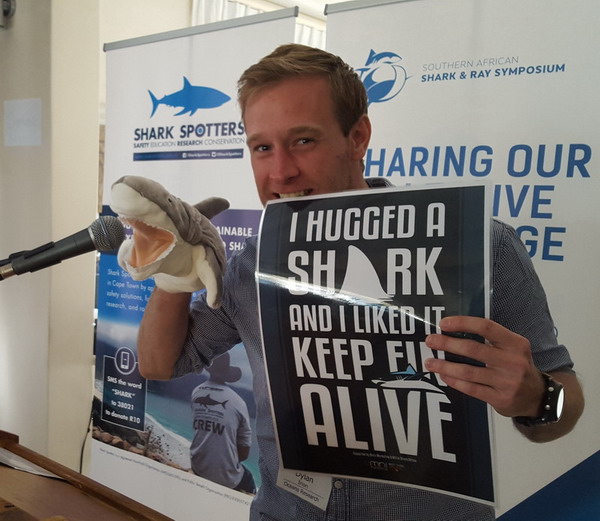The Australian government has earmarked $1.5 million to be spent on shark prevention programs.
While the dollar amount is substantial, the majority of the monies will be spent on the Shark Monitoring Network. Minister of Fisheries Hon. Joe Francis said, “This funding will ensure the maintenance of real-time satellite-linked detection receivers for the Shark Monitoring Network, and includes a capital works allocation of $495,000 for the replacement of up to 18 prototype receivers with the latest versions.”
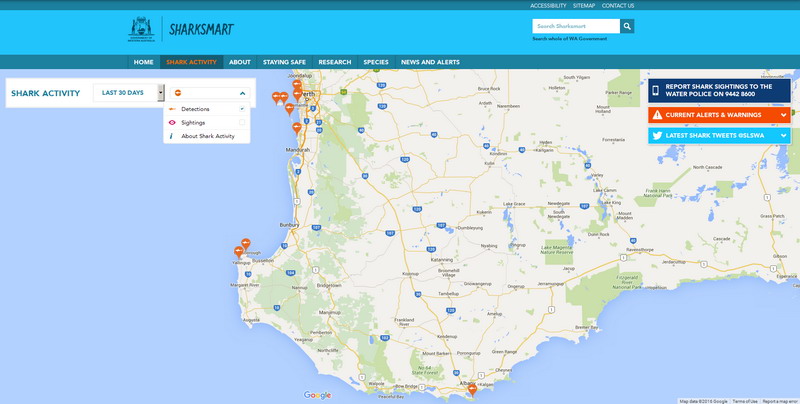
The “real-time satellite-linked detection receivers” are buoys that pick up acoustic pings from tagged sharks that swim within the buoys detection radius. While it does give a real-time notification, an acoustically tagged shark must swim within range of the buoy to be detected.
The satellite linked buoys are not comparable to satellite SPOT tags used by groups such as OCEARCH. SPOT tags are placed directly to the shark’s’ dorsal fin. Once the tag breaks the surface and is “dry” for 90 seconds, the location is instantaneously posted on a tracking map.
One huge advantage to satellite tracking is the ability to track the sharks where ever the dorsal breaks the water. Sharks swimming in open ocean or in a location where there are no acoustic buoys can still be tracked. Normally during satellite tagging an acoustic tag is also implanted in the shark.
According to Mr. Francis, “the budget funding will also enable the Department of Fisheries to continue tagging more sharks when opportunities arise.” There was no mention as to where these sharks will be SPOT tagged or implanted with acoustic tags, nor was criteria given for what opportunities are needed before more sharks are tagged.
In addition, Mr. Francis said the “SharkSmart’s website functions will be maintained to provide a valuable information source for all water users on current shark alerts, detections, sightings and other details.” The website offers a shark activity map that includes a 30 day history which shows both tagged shark detections and locations of sharks spotted by the public.
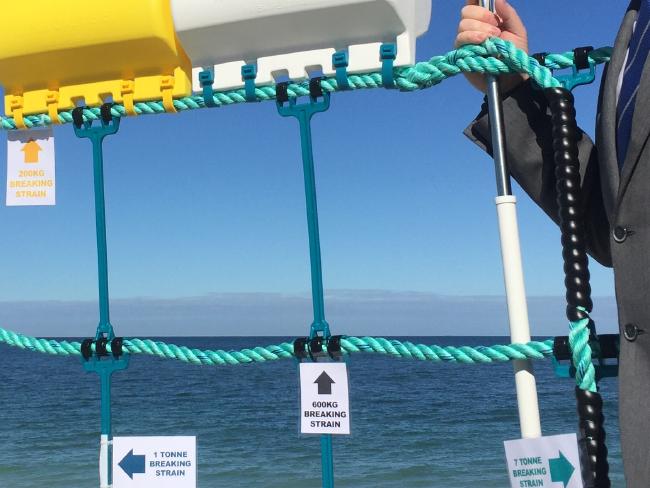
Treasurer Mike Nahan said a further $400,000 has been allocated for shark nets during 2016-17. According to Perth Now $200,000 will go toward the shark barrier at Quinns Rocks, and the other half going towards an Eco Shark Barrier at Sorrento Beach.
Mr. Francis said, “This $1.54 million budget commitment will support an ongoing strategy to raise community awareness of high shark risk areas, how to take protective measures and how to report shark sightings. The department will also provide hazard monitoring and a response capacity in the event of a shark attack, identification of a serious threat or whale carcasses.”
In some ways, one could surmise the $1.5 million to be spent on shark prevention programs will continue to provide the same level of service it always has, but with the addition of new shark barriers.
